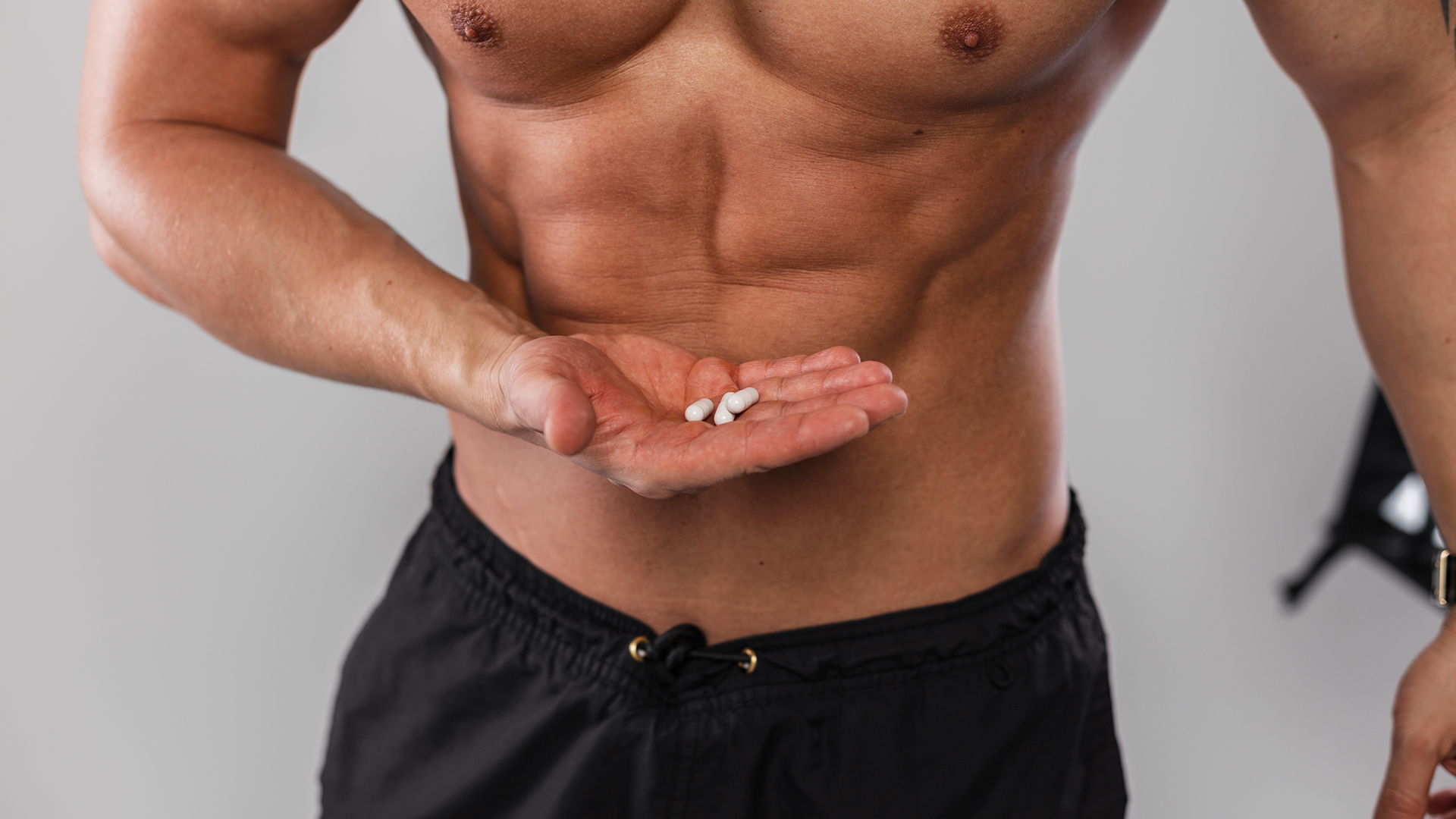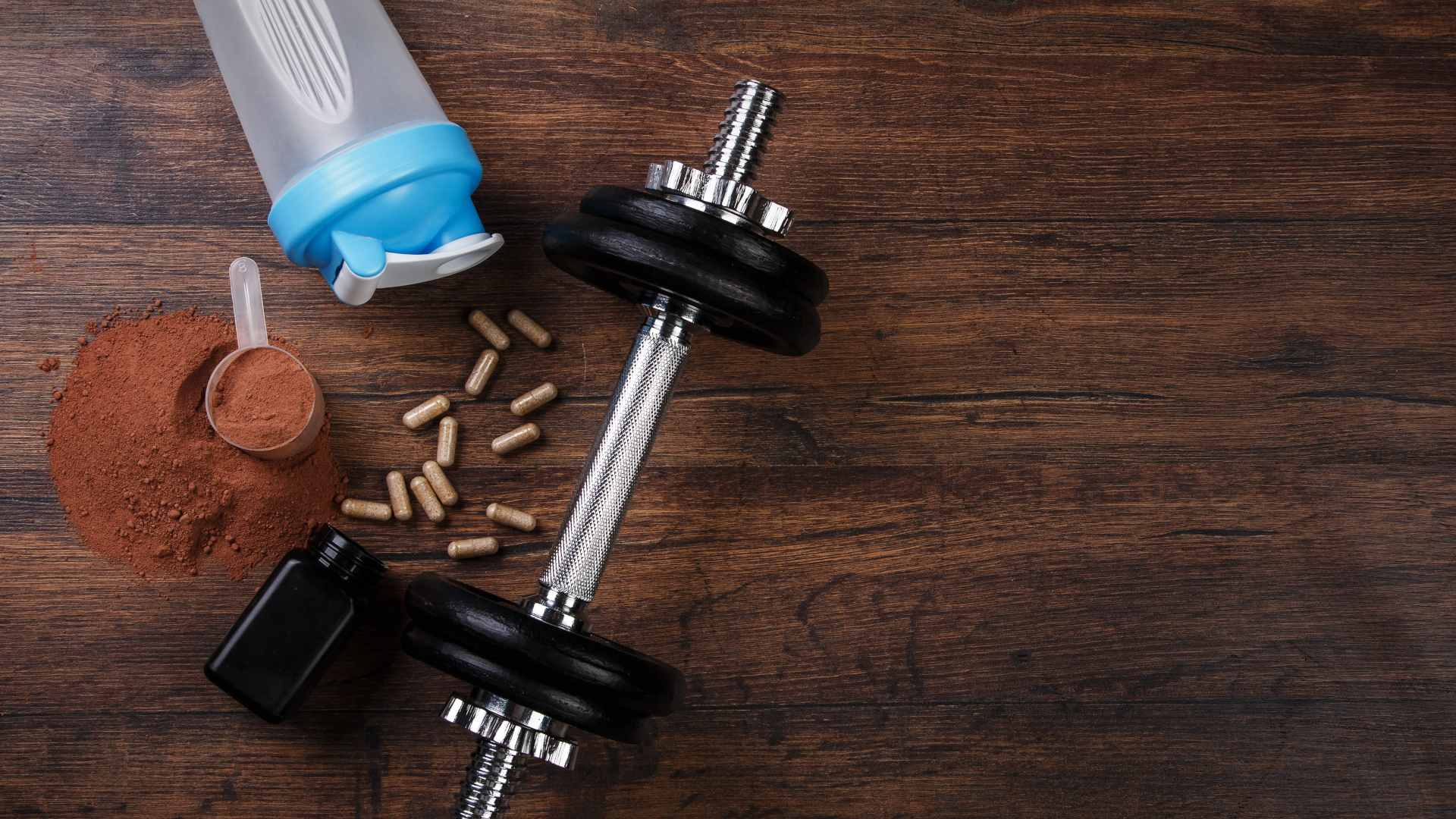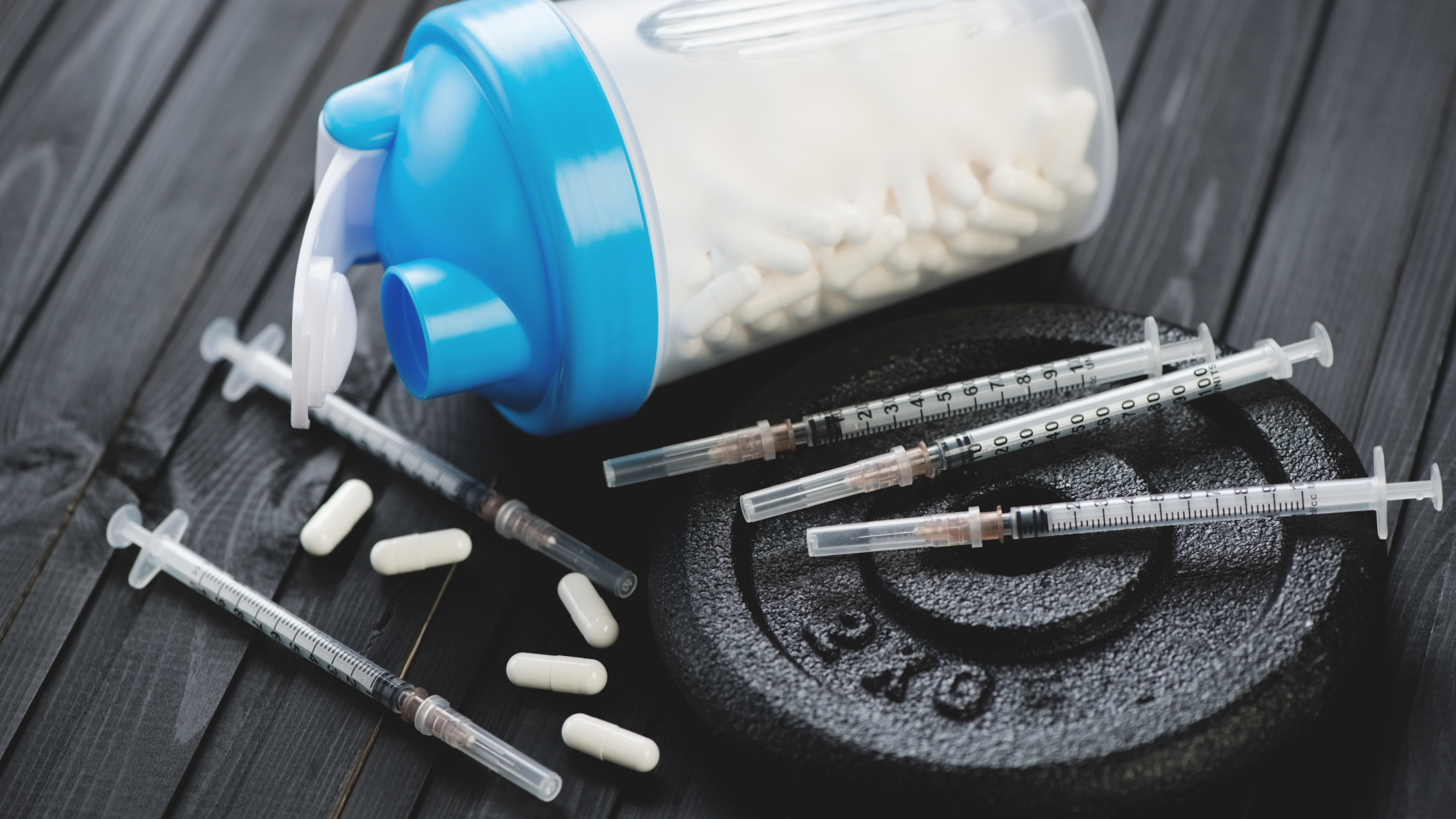It’s amazing how much money is spent on supplements daily. People use everything from multi-vitamins to green formulas to energy lifters to protein powders. All of this is done because people have busy lives and want to stay as healthy as possible. There’s nothing wrong with this. And as long as there are key supplements available, have at them!
Creatine is a supplement that is often talked about and used. The answer to the question “Is it essential or dangerous?” takes a little bit of explanation. Pay attention, as it’s quite detailed.
What is creatine?
Before you move forward, it is a good idea to learn more about what creatine is. Sometimes people take supplements without even knowing what the heck they’re taking – just because someone they work with recommended them. That is the wrong approach and it can definitely get you into trouble.
Learn what creatine is and how it works in this blog post >
Supplemental creatine
Here’s the rub. The amount of creatine you find in food is on the light side. That’s why people include supplemental creatine in their diets. A single serving is equivalent to eating multiple pounds of meat, which you would never be able to do.
It is almost always found in powder form, but it is not out of the question to find it in capsules, too. And it is sometimes added to things like drinks, nutrition bars, and even baked goods. With today’s technology, supplement companies are always trying to find ways to make things more palatable and marketable.
The problem
On paper, you would think that creatine sounds like a slam-dunk essential supplement to include in your diet. This is partly true, but only under certain conditions. If you are an advanced exerciser and work out really hard, yes, it is essential. Not only will it help you put up heavier loads and do more reps, but it will also expedite your recoveries.
If you are just doing maintenance-type routines, there really is no additional benefit to be had. This doesn’t mean it is dangerous. It’s just unnecessary.
But there is something else to take into consideration. You should always use it as prescribed. People often take an excessive amount because they think it will get them better results. This can cause gas and bloating and put too much stress on your liver and kidneys.
Supplements should always be taken as recommended, and you should also pay strict attention to how your body responds. If you recognize any side effects, stop using it immediately, because it’s obvious that it doesn’t resonate with your body.
Lastly, you will often see flavored creatine powders that you mix with water. Be very wary of these because they often contain artificial sweeteners and colors. You are better served by going with a plain creatine and mixing it into your post-workout shakes or taking it with juice. Adding carbs will speed up the absorption.
Conclusion
The final verdict is this: Creatine is safe as long as you use it correctly and don’t suffer any side effects. In the big picture, it is best to cycle it so that your body does not completely adapt. A common strategy is to take it for two months, then go off for one month and repeat. You can also take it just on your workout days. It’s really up to you how you want to go about it. Just do what works best for your goals and lifestyle.
Related post: When to Take Creatine?
Over 299,434 purchases
Over 509,389 bottles sold
Over 30,563,340 pills taken









